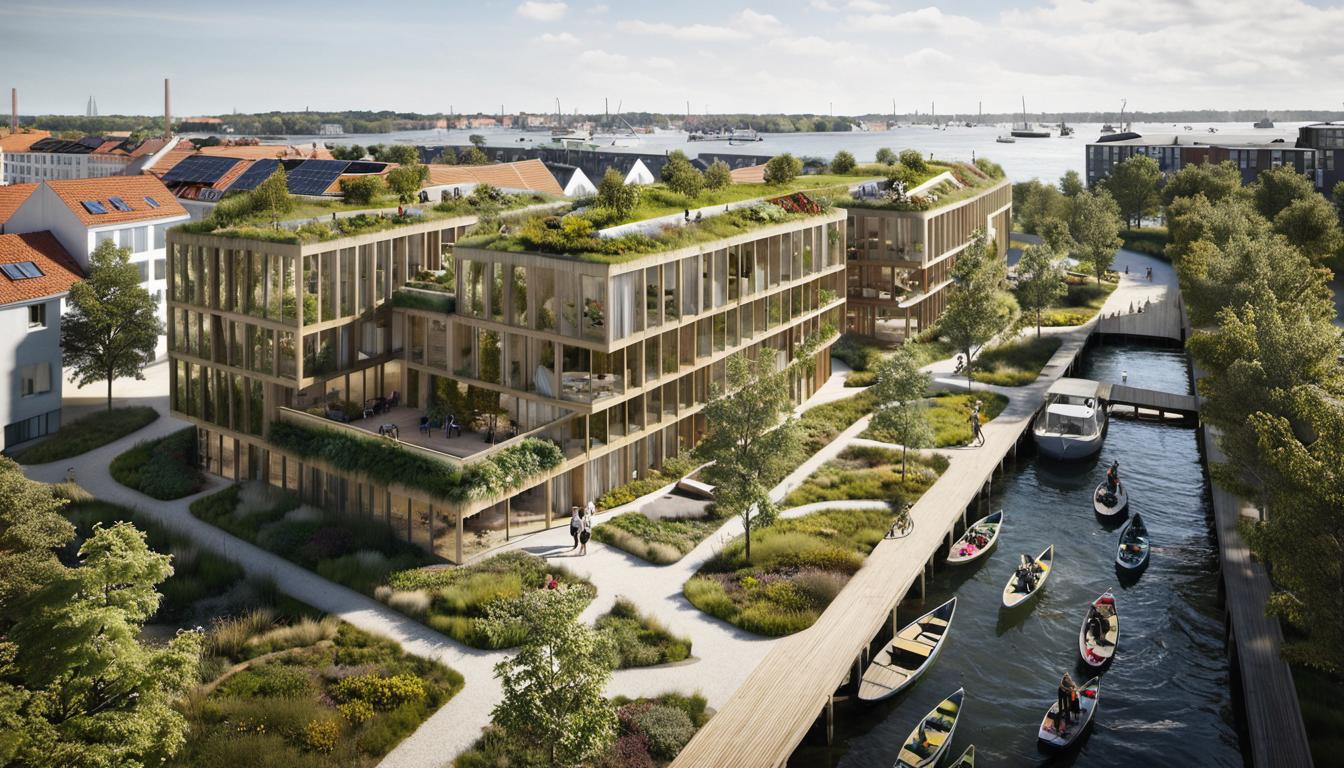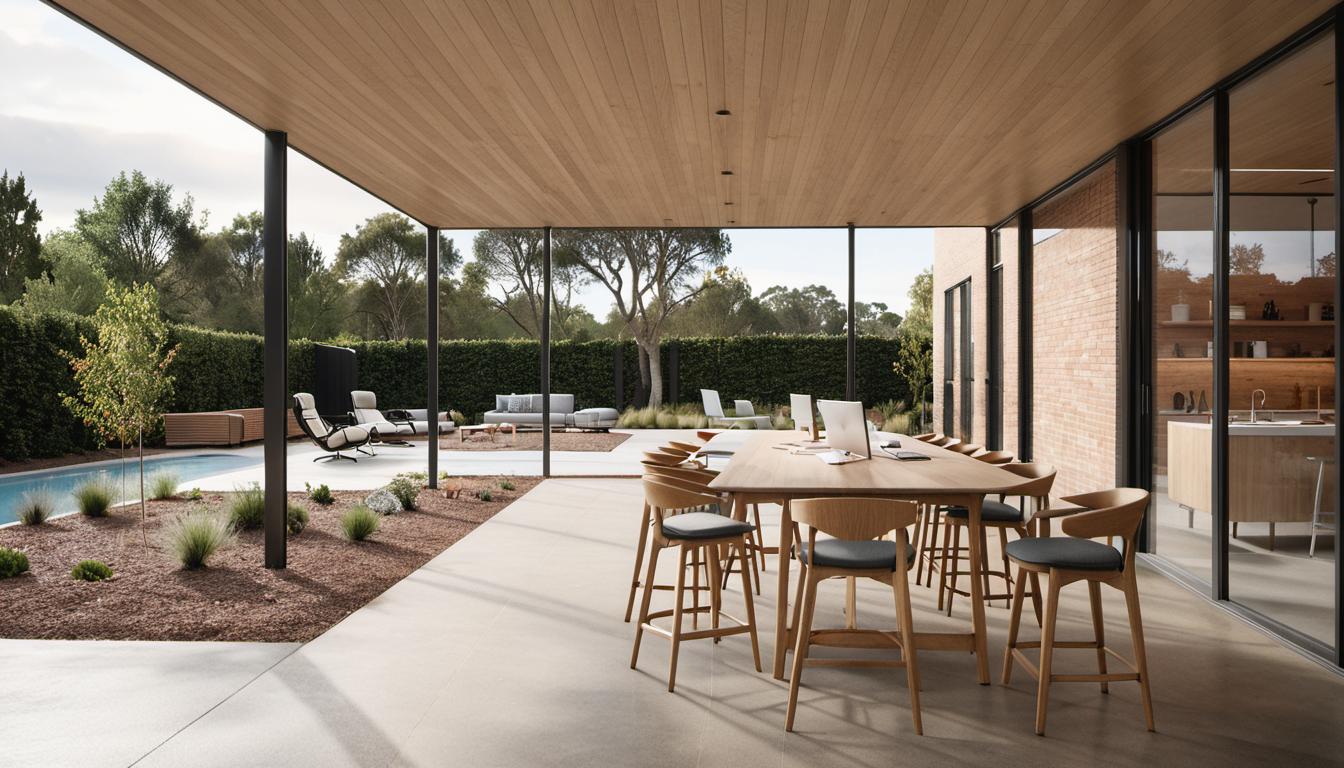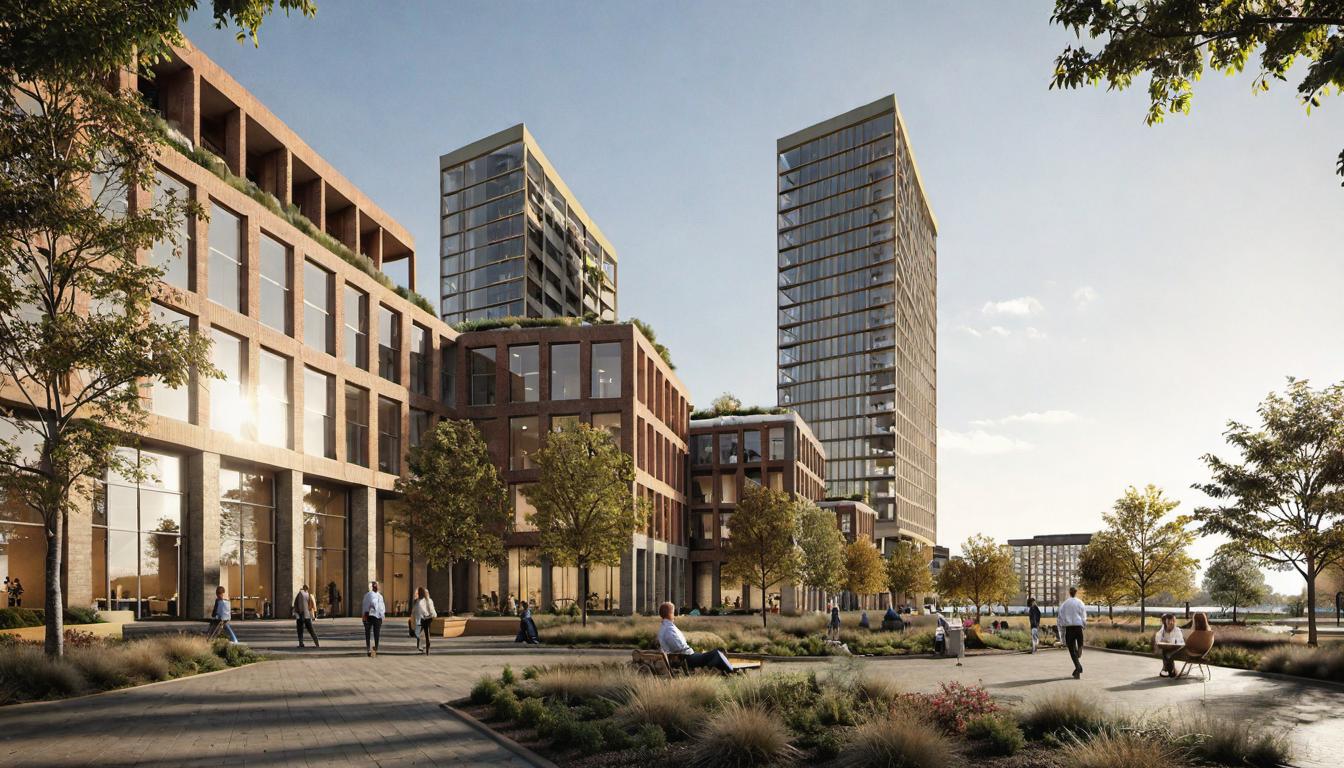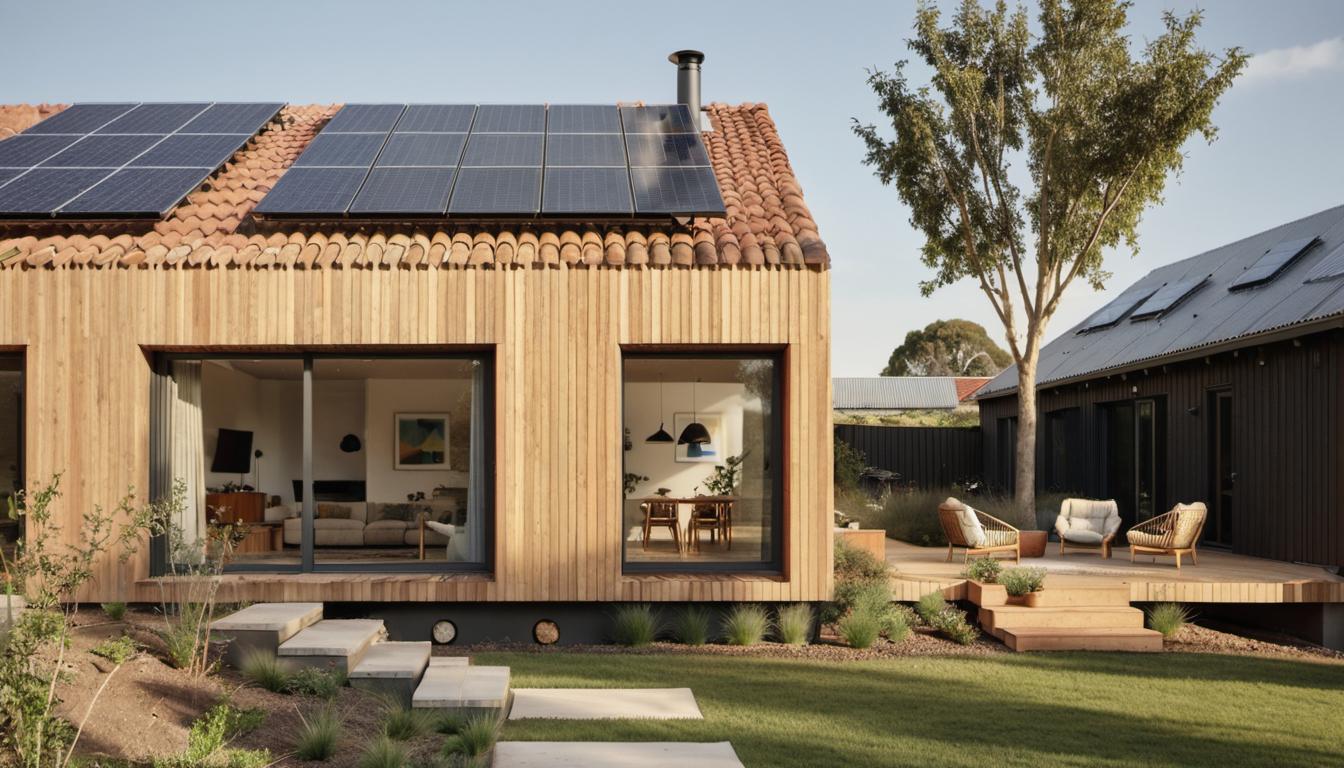Introduction
In Copenhagen, the realms of architecture and sustainability coalesce to create a city that not only boasts breathtaking aesthetics but also furthers the cause of environmental conservation. The global urgency to mitigate climate change has sparked spirited debates, and the building and construction sector can no longer afford to sideline this talk. Accounting for a whopping 40% of total CO₂ emissions worldwide, the industry recognizes the need for necessary changes. Responding to this, Copenhagen elevates the standards by implementing strict building codes and fostering the use of green methods in construction.
A Showcase of Sustainable Buildings in Copenhagen
Demonstrating its prowess in the field of eco-friendly architecture, Copenhagen offers numerous examples.
1. UN City
UN City showcases how innovative thinking can lead to sustainable solutions. The 3XN design philosophy is reflected in its rainwater collection system, sea water cooling, district heating, and intelligent facade that promotes energy efficiency.
2. Copenhill (Amager Bakke)
Designed by Bjarke Ingels Group, the landmark Copenhill is both innovative and environmentally conscious. Despite its unconventional design, it’s underpinned by serious sustainability concerns.
3. Nordea’s Danish Headquarters
The Nordea building, designed by Henning Larsen Architects, is a testament to how architectural design can foster sustainable practices. It’s the proud recipient of the LEED Platinum certification, recognizing its commitment to the environment.
4. Green Light House
The Green Light House, Denmark’s first CO2 neutral public building, uses sustainable measures such as night cooling, solar panels, and LED lights to reduce its carbon footprint.
5. Copenhagen Islands (CPH-Ø1)
The Copenhagen Islands embody the city’s innovative approach towards public space utilization. They are constructed from sustainable, local wood and provide flexible gathering places for city dwellers.
Sustainability Achievements in Copenhagen
Copenhagen’s enduring commitment to green architecture and sustainable practices has garnered recognition globally.
1. Sustainable City Ranking
On the Arcadis Sustainable Cities Index and TimeOut’s most sustainable city ranking, Copenhagen proudly holds robust positions. These rankings are thanks to the numerous green initiatives seen throughout the city.
2. Green Infrastructure
With constant improvements in its public transport system and cycling infrastructure, Copenhagen steadily moves towards a cleaner future. Further, the transformation of the once industrialized Copenhagen Harbour into a lively recreational area is a massive stride in urban planning.
3. Energy Efficiency
Nearly all Copenhagen houses are connected to a district heating system, indicating the city’s swift strides towards energy efficiency. Furthermore, the ambitious aims to achieve total independence from fossil fuels by 2050, manifest a clear commitment to a greener future.
4. Organic Consumption
Sustainable practices in Copenhagen extend beyond buildings and infrastructure. The city leads the way in organic food consumption, with many buildings harnessing sustainable cooling and heating systems.
Looking Ahead
With its deep-rooted commitment to green architecture and sustainable practices, Copenhagen continues to inspire other cities globally. It’s evident that the Danish capital’s lessons are valuable for architects, interior designers, and those working in the real estate industry worldwide.
FAQs
What are some of Copenhagen’s sustainable architectural practices?
Copenhagen’s approach entails strict building regulations, forward-looking urban planning, mandating green construction methods, and making energy-efficiency improvements in existing structures.
How does Copenhagen’s district cooling system work?
Copenhagen’s district cooling system uses harbor water, delivering substantial energy savings compared to conventional air conditioning systems.
What is the role of cycling in Copenhagen’s sustainability efforts?
A significant proportion of Copenhagen’s residents – 45% – commute by bike daily to work or school. This active shift towards cycling greatly diminishes the city’s carbon emissions.
What are some examples of sustainable buildings in Copenhagen?
Examples abound, but notable structures include UN City, Copenhill (Amager Bakke), Nordea’s Danish Headquarters, Green Light House, and the Copenhagen Islands (CPH-Ø1).
What is Denmark’s goal regarding the use of fossil fuels by 2050?
Denmark aspires to be the first country globally to gain complete independence from fossil fuels by 2050.






